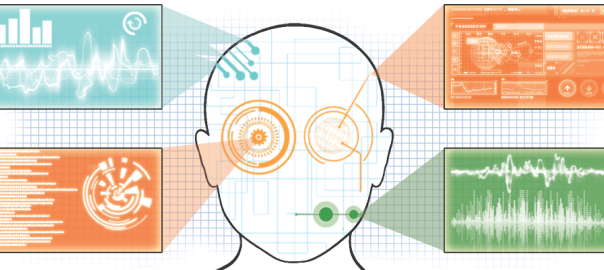Affiliation(s): Bangor University, Bangor University, KU Leuven, Bangor University,
Abstract:
Lance felt a buzz on his wrist, as Alicia, his wearable, informed him via the bone-conduction ear-piece – ‘You have received an email from
Dr Jones about the workshop’. His wristwatch displayed an unread email glyph icon. Lance tapped it and listened to the voice of Dr Jones,
talking about the latest experiment. At the same time he scanned through the email attachments, projected in front of his eyes, through
his contact lenses. One of the files had a dataset of a carbon femtotube structure.
– A short story about the synergy of visualization, wearable and ubiquitous computing, and augmented/mixed reality.
